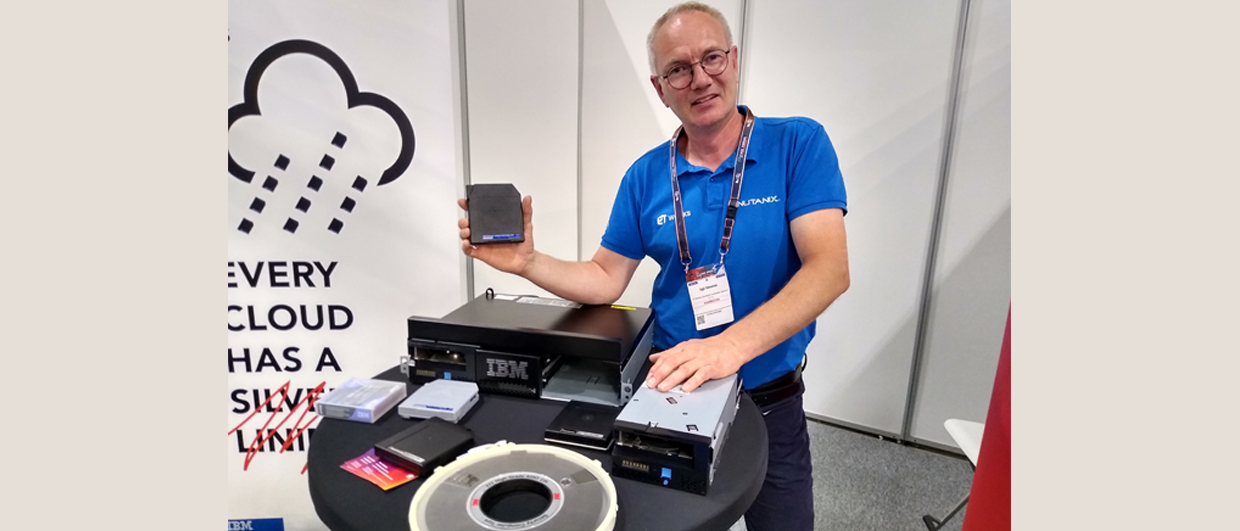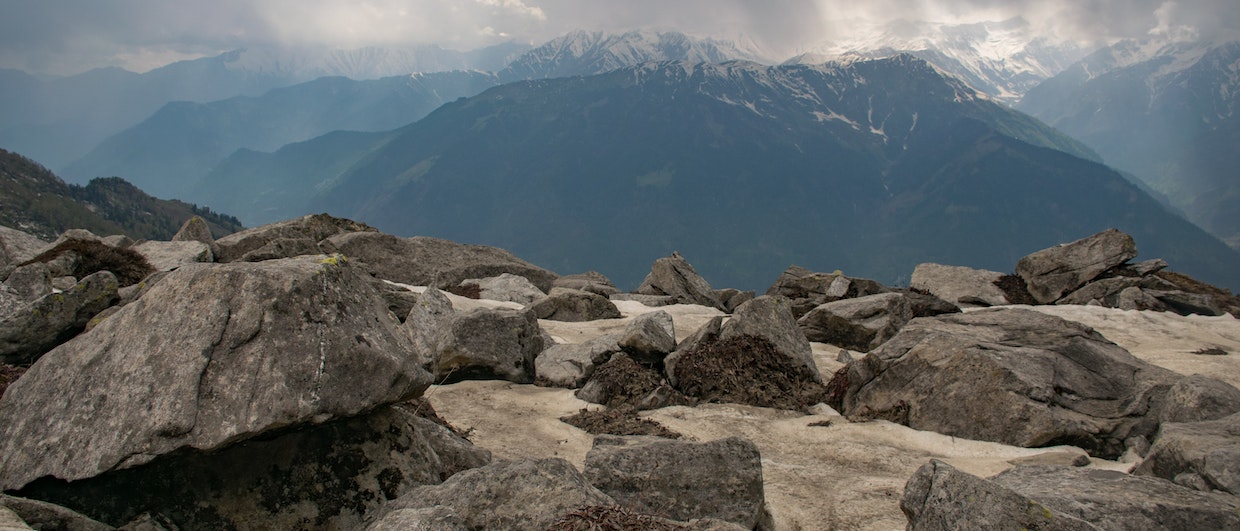The take-up of innovative software is often held back by the effort involved in a long learning process
Turning seismic waves into images of the sub-surface has been around for about as long as the seismic waves themselves. First came the needle wobbling on a steady stream of paper and the geophysicist, armed with pens, attempting to pinpoint where the hydrocarbons had been lying dormant for millennia. The invention of the computer gave the western world a quantum leap in almost every part of working life, and allowed geophysicists to take digital signals and turn them into images of oil and gas reservoirs.
Although technology has improved, however, the principle has remained the same. And just how far has technology improved? Is the industry really utilizing the most recent advancements? Moore’s law, the famous observation made by Intel co-founder Gordon Moore in 1965, states that computing power doubles every year. With this in mind, is last year’s technology this year’s old news?
The Trouble with Computers…
… is that we’re only human. Humans are great at a lot of things. It only takes a cursory glance around to see all the innovations that have brought us to where we are today. We learn quickly (compared to our animal cousins), and can develop great skills through repetition. Tie this in with the well-known idea that “the more difficult the task, the sweeter it is to succeed”, and we find that if we have a tricky skill to develop then we feel pretty good about ourselves once we’ve mastered it. The trouble with that, of course, is that once we’re invested in these skills it is difficult to break away from them.
At this point you may be asking what this has to do with modern technology. The answer is that the most modern technology could be put in front of us right now, but if the old technology has required us to invest a lot of time, effort and concentration, then many of us would be reticent to adopt new methods – even if it would benefit us to do so. We would feel like all our previous effort was wasted.
Demonstrating the ease of the Shearwater software. (Source: Shearwater)
Revealing Possibilities
When the first small processing algorithms started to make their way on to the geophysicists’ computers, they required a lot of effort just to get running. It was common to use punch-cards to tell the computer what to do. Is it any wonder that there are still seismic software packages today that use electronic versions of punch-cards, with column widths of only a few characters?
Iterative developments, held back by a highly-skilled population invested in old technology, creates a niche for easy-to-use, easy-to-adopt, modern geophysical software. Over the last few years, we have started to see this type of software penetrate a market that has until now been dominated by a small number of legacy packages. Shearwater GeoService was launched last year as an acquisition, processing, multi-client and software company. Its latest software, Reveal, is a classic example of filling the demand for a modern, powerful and easy-to-use product. Algorithm development is no longer the sole driver in geophysical software development; the user experience is taking joint-first place in the round-table discussions. Graphic designers are seen in the same meetings as software engineers, with a collaborative culture permeating the 21st-century outlook.
At the heart of this development is the user experience. The power is given back to the users in a simple and intuitive interface that allows them to build their own creative geophysical space. It is not just the usability of Reveal that is important to the developers at Shearwater, but also the users’ transition from legacy to modern software. Like most other packages that have been built within the last few years, there has been just as much thought for the geophysicist behind the keyboard as there has been for the algorithms behind the processing. Similarly, it is important that migrating from the old packages to new ones like Reveal is easy and requires minimal training. It should be intuitive enough that new users feel comfortable with using this software within a few weeks.
Can a Leopard Change its Spots?
All this doesn’t just apply to software, nor exclusively to the oil and gas exploration industry. Innovation is not held back by a lack of technology, nor by a lack of brilliant people coming up with great ideas. It is held back by the rest of us who are proud of our skills and achievements in niche categories, and feel that to ‘change our spots’ would be too much effort. Let’s put that to one side and start looking for the new and inventive solutions to the status quo. Let’s look at the possibilities that we didn’t know were there.
And once we start looking, let’s never stop.





